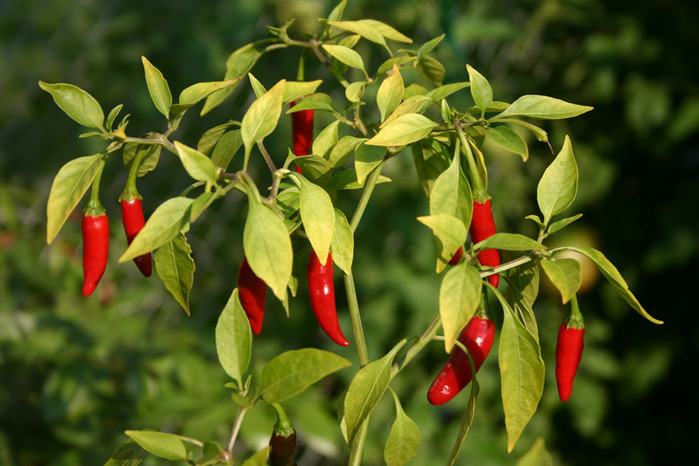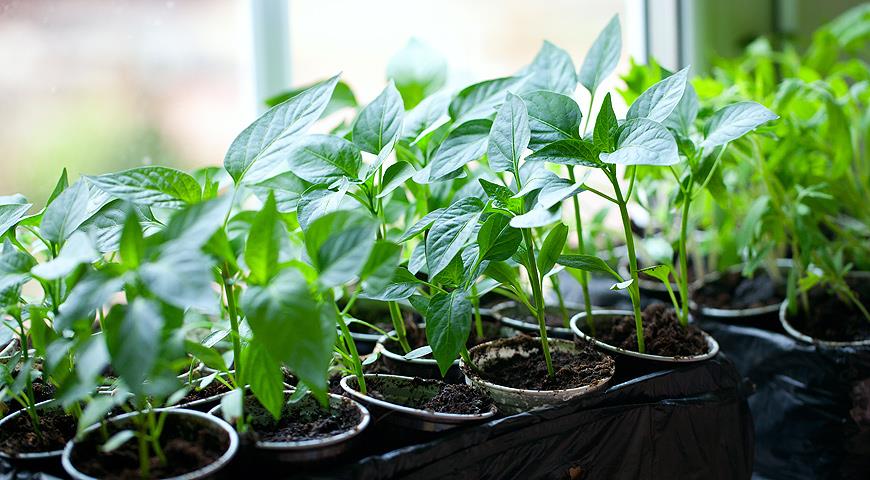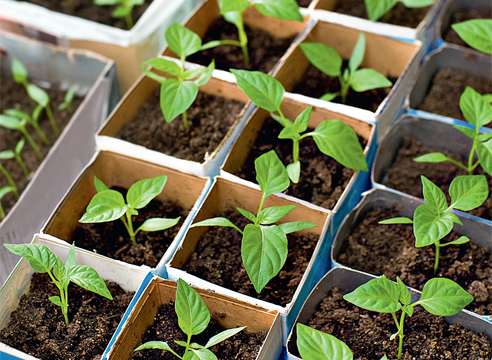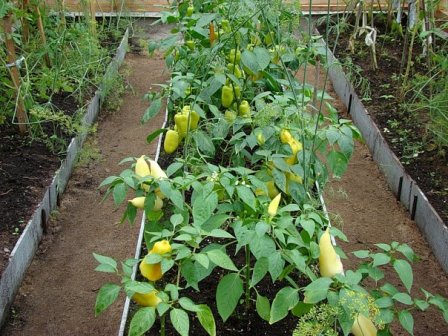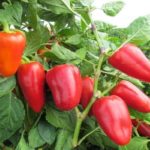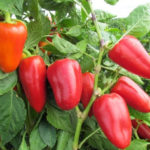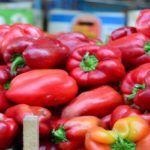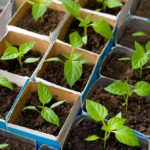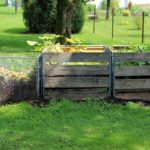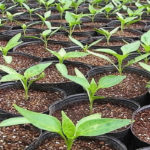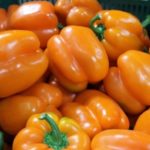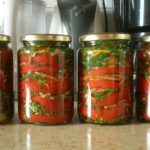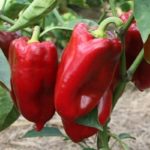When germinating seedlings, troubles of all kinds can occur when the gardener does not know how to distinguish hot pepper seedlings from sweet ones. One of them is the confusion that arises due to the fact that marks were not left to help identify the variety or type of plant. Sometimes such pieces of paper are destroyed, become wet, or are simply lost.
It’s especially disappointing when, as a result of such confusion, it becomes impossible to determine the variety.It is not possible to distinguish bitter types from sweet Bulgarian ones.
Types of pepper and their characteristics
The modern agricultural market presents a huge variety of pepper varieties as a vegetable crop. They are classified according to ripening time, skin color, number of seeds and other characteristics. However, all these criteria can be part of two categories of plants grown both in gardens in open ground and in greenhouses, where it is possible to create more favorable conditions for plants.
Vegetable pepper can be:
- Spicy. This is a species with medium-sized pods and a sharp, burning specific taste. The degree of manifestation of this symptom may vary. In science, it is customary to classify the heat of hot peppers on a 10-point scale. The hottest types are Tabasco and chili.
- Sweet salads. The fruits are large and have a sweet taste. In some cases, a bitter taste may appear even in sweet varieties, but the pungency is mild and not at all hot.
To obtain fruits whose taste fully corresponds to the declared characteristics, it is necessary to grow pungent varieties separately from bitter ones. If it is not possible to place plants in separate greenhouses or in beds very distant from each other, sweet and spicy varieties should be planted at a distance of at least 20 cm from each other.
If these conditions are not met, the plants will be cross-pollinated, and as a result, hot peppers will lose their pungency, and sweet peppers will gain a spicy taste. Seeds collected from cross-pollinated fruits will give an even more interesting harvest: the size of the fruits will be large and the taste will be very sharp. The harvest will not contain even a hint of sweet taste.
How to grow hot peppers
Planting pepper seeds for seedlings begins after the start of the new calendar year.
Gardeners begin to think about seeds, varieties and planting methods in the fall. Hot pepper, which is one of the most wonderful garden crops, is not difficult to grow, although many approach this matter with caution.
Planting scheme using drip irrigation
The easiest way to plant bitter seeds is to start by germinating them in a flat container, with a soft cloth or gauze placed at the bottom, and pepper seeds for seedlings placed on top of it. Pour some water into the container and place another layer of cloth on top to soak the pepper seeds before planting.
If a summer resident remembers how many days it takes for pepper to sprout, then he must not forget about the need to create special conditions for germination.
Place the container with the seeds in a warm and bright place, for example, on a window, for a period of 2 to 3 days. During this period of time, air temperature data should be maintained in the range of 20 - 25 ABOUTC, and when water evaporates in the container, its level must be replenished.
As soon as the seeds germinate, they are planted in soil prepared in advance. Caring for pepper seedlings at home should be systematic; you need to know how often to water pepper seedlings.
Before properly plucking pepper seedlings, you need to make sure they are ready for this procedure. If a gardener wants to get the maximum number of bitter seed sprouts, you can use the second method, which is discussed below.
Disembarkation scheme
To achieve 100% germination of seeds, they can be treated with a special agent - a growth stimulator. This solution can be purchased at any specialized online store or hypermarket.At the peak of planting work, it can be completely sold out, so supplies of the drug must be replenished for future use and in advance. Preparing pepper seeds for sowing seedlings using this drug will make growing the crop easier.
A growth stimulator will help increase the germination rate of seeds of any material. In addition, it can be used to improve the survival rate of plants during the picking and replanting process. Knowing how to properly pick peppers and how to process the seeds, you can avoid many problems when growing. You can start planting seeds when they are ready.
Sprouts treated with a stimulant will exhibit increased resistance to disease. The seedlings will sprout faster and the yield will increase significantly.
How to grow sweet peppers
You can grow pepper seedlings at home if certain conditions are met, but first of all you need to remember that you can get a good harvest from the beds only if the plants planted in them were initially strong, strong, healthy, and the germination of the seeds is good.
Achieving this goal is possible by following certain growing rules and taking into account the features that every gardener must remember:
- Watering the plants should not be too frequent, preferably every other day. The soil should maintain a moderate level of moisture and should not be allowed to dry out. Excess moisture will be signaled by a disease known as blackleg. You can find out how often you need to water the bushes by looking at the condition of the soil. If the seedlings wither, watering must be increased.
- The soil between the rows needs to be loosened regularly at a depth of no more than 5 cm, frequency - before watering. Another crop can grow between the planted bushes, the root of which should not be damaged.
- Sweet pepper sprouts should receive minerals and vitamins in sufficient quantities. A minimum of nutrients may be indicated by the leaves of the seedlings: they will begin to curl, change color, dry out, or fall off the bush.
- Almost all varieties of bell peppers are pollinated; it is worth thinking in advance about attracting insects to the site to pollinate the crop.
- Hot pepper seedlings do not need pinching, so the thick lower leaves on the seedlings should protect the soil from drying out. If the summer is too hot and rainy, then its lower branches can be removed because the plant may rot.
- The root system of the plant is delicate. Due to this fact, transplanting and picking peppers is not well tolerated. The best option is to plant plants in open ground in peat cups, in which the picked seedlings bloom.
- Peppers are delicate plants and easily susceptible to disease, so it would be a good idea to carry out seed disinfection procedures before sowing.
- If the air temperature drops below 13 ABOUTC. This is the minimum recommended temperature for pepper seedlings, which already has a detrimental effect on pepper seedlings - every summer resident knows what to do in this situation. If the weather forecast is bad, the bushes must be covered with agrospan, and if the bed is in a greenhouse, the room must be closed right up to the windows.
To avoid cross-pollination, taller crops can be placed between rows of plants: corn, tomatoes, straight rather than crooked sunflower.
Before growing a crop from seeds, the placement of these crops must be planned, otherwise the taste of the fruit will differ from what was planned.
Features of cultivation
Seedlings of bitter and sweet peppers have their own characteristics. The general principles of cultivation are similar to the rules for growing other crops. However, in order to reap a high-quality harvest, you need to choose the right variety and know how to plant pepper seedlings.
All varieties of pepper sold in agricultural stores differ from each other and are zoned. For the southern regions, breeders have developed heat-loving and drought-resistant varieties. These species can easily tolerate hot weather, but the crop dies from excess moisture or lack of sunlight.
For the northern regions, the most frost-resistant varieties should be selected, and pepper seedlings should be sown no later than mid-March.
For Central Russia, it is better to plant crops in open ground in early June. If you plan to plant in a greenhouse, this can be done as early as mid-May. Before planting the crop, the soil must be disinfected so that the seeds germinate better.
If you have questions, you can watch a video about picking pepper, which describes in detail the features of this procedure. There you can also find information about growing sweet pepper seedlings at home and find out when to pick pepper seedlings.
How to distinguish hot peppers from sweet ones
Seedlings must be signed, even if it is any other crop. Today you can purchase a lot of auxiliary devices for the convenience of organizing agricultural technology for all types of crops. If notes were made, but due to various circumstances were not preserved, then you can resort to some tricks to determine which bush belongs to the sweet variety and which to the bitter variety.
Before you distinguish seedlings of sweet peppers from bitter ones, you should remember some tips:
- The first sign that will indicate that a bush belongs to a particular variety is the shape of the leaves and their color. Bitter varieties have more elongated leaves, and their length is longer than the length of sweet leaves. The width of the leaves may vary. In sweet varieties, the leaf is wide, light and quite short; hot peppers are distinguished by the elongation of the leaf and its special strength. If the seedlings of both types of peppers were kept in excellent conditions and grew strong and strong, then the visual method of identifying the variety may give a miss. You can use other options for this.
- You can determine what type of plant the gardener is looking at based on the taste of the leaf. Having broken off a small part, you can put it on your tongue and see if the juice that comes out has a bitter taste.
- Formed flower buds will help determine the type of seedling. Bitter peppers begin to bloom much earlier than sweet peppers, so if the seedlings have bloomed, then with great probability we can say that this is a hot variety.
- To establish the species, you can conduct another experiment and taste the seed from which the seedlings were grown. It most often remains in seedlings on an already hatched sprout. This research item should be carefully removed and tasted. If the variety belongs to the bitter variety, then the taste of the seed will be very bitter.
- The thickness of the stem is a feature that distinguishes one type of pepper from another. The bitter one has a longer and thinner stem than the sweet one. Some plants bend because the base is weak. However, if the bush was purchased and not grown independently, then by its appearance the plant may not correspond to the declared features.It is best to pay attention to the stem before picking the seedlings and, of course, before planting them in the ground.
If you need to distinguish pepper seedlings, this can be done using these tips. Agronomists do not advise leaving this issue unattended, because such proximity can lead to the appearance of a spicy taste in the fruits of grown mild peppers. To prevent cross-pollination, varieties must be planted at some distance from each other, not far from houses, in order to hide them from the scorching sun.

